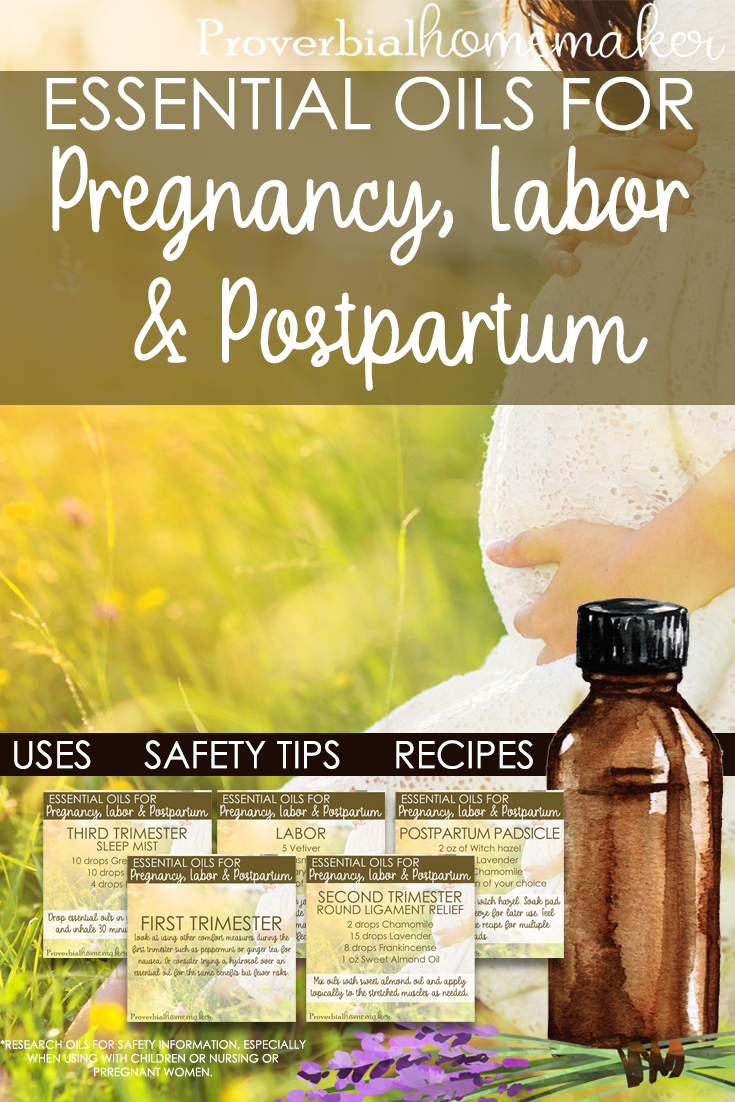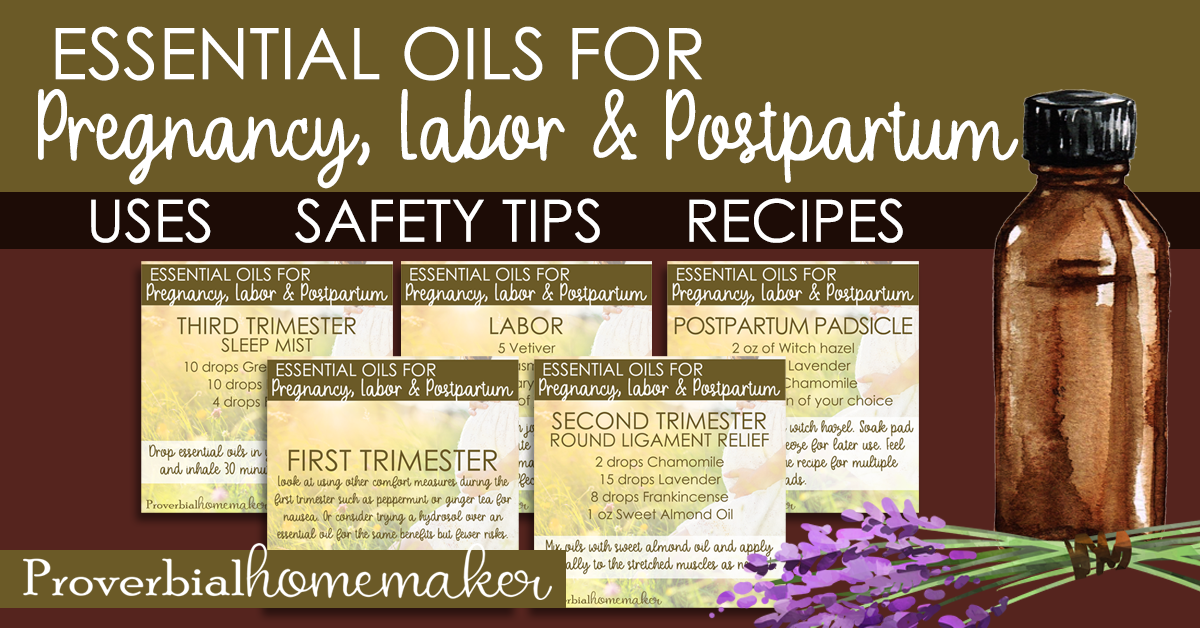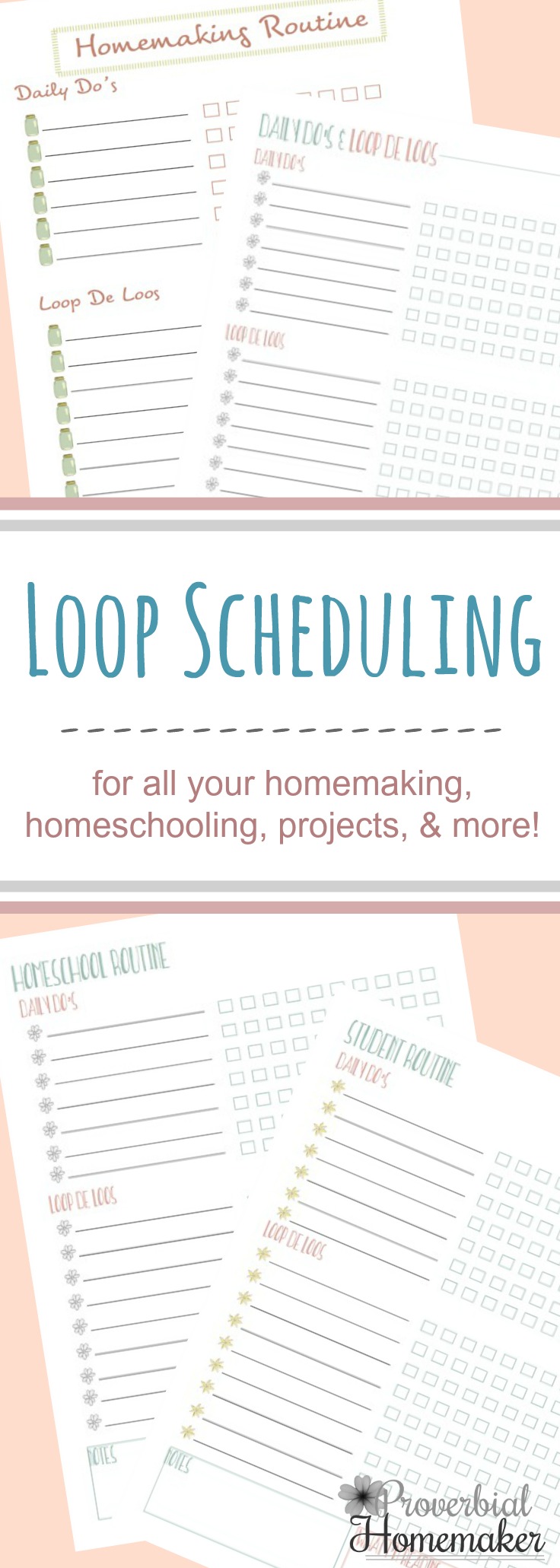Have you been curious how to use essentials oils for natural living during your pregnancy? Wondering if they’re safe? When women are pregnant, our hormone and chemistry balance are much different. There are also safety considerations to keep in mind. Here I’ll outline best practices and safety guidelines through each stage so you know how to use essential oils for pregnancy, labor, and postpartum.
Disclosure: *This post may include affiliate links. As an affiliate, I earn from qualifying purchases. Read the disclosures and terms for more information.
(Note that this is not to be taken as medical advice. Please refer to your doctor or aromatherapist for more information. The lists are not complete, although they include many common oils people use. They were compiled using information from Robert Tisserand’s book Essential Oil Safety and the Aromahead Institute aromatherapy certification course.)
The use of essential oils for pregnancy can be a controversial topic as not much research exists on their use during this time. In general, it’s important to use oils sparingly. Food, water, oxygen, herbs, and essential oils can all cross the placenta and go into the developing baby’s system. Although there hasn’t been much research done on how oils effect developing babies, we should assume that they do cross the placenta and be extremely cautious since essential oils are so highly concentrated.
You may decide to just not use essential for pregnancy to stay on the safe side. That’s fine! It’s ok to take a break from essential oils, especially during the first weeks of your pregnancy.
If you do choose to use oils, follow these guidelines:
- Use essential oils only for specific short-term purposes such as helping you sleep or reducing nausea rather than using them all day.
- Dilute generously, sticking to a dilution rate of 1 percent or lower (1% is 1-2 drops per 2 tsp/10ml, and 1-2 drops per 100ml of water in a diffuser).
- Have a good list of essential oils for pregnancy, labor, and postpartum, and know what oils NOT to use.
- Pay attention to the botanical name in safe/not safe lists (not just the common name. For example, Tansy (Tanacetum vulgare) is not safe for pregnancy through any avenues, while Blue Tansy (Tanacetum annum) is safe assuming it’s properly diluted.
- NEVER take oils internally or apply them to your skin without diluting when you’re pregnant. (I personally advise never doing either of these things even when you’re not pregnant, but they’re especially dangerous practices during this time).
- Note that if you’re trying to conceive, you may want to avoid hormone influencers Clary Sage, Geranium, and Ylang Ylang.
First Trimester
The first trimester of your pregnancy (the first 14 weeks) can be a delicate time. It is advised to use essential oils sparingly at this time. In fact, many pregnant women opt to forgo the use of aromatherapy altogether during this initial phase.
If you do feel the need to use something, hydrosols are a safer option and do not require dilution. You might also consider diffusing just a drop of peppermint or spearmint to help with nausea.
Here are some favorite hydrosols that you can use for calming, sleep, nausea, and general wellness:
Second & Third Trimesters and Labor
Resuming use of your favorite oils during the second and third trimesters in general should be safe. Be mindful though that a heightened sense of smell might make aromatherapy too fragrant. If an oil is a known sensitizer such as cinnamon, it’s best to avoid during all stages of pregnancy and postpartum.
Generally, the same guidelines used throughout pregnancy should be applied to labor. Make sure to get permission of the midwife, doctor, and nurses when using oils in shared space during the labor and delivery process.
Safe Essential Oils for Pregnancy
(Remember to stick to a 1% dilution rate.)
Oils that are considered safe for pregnancy are those that are historically low in toxicity and avoid any effects that may have a particular negative impact on pregnancy (such as menstrual bleeding). The following list is based on information from Robert Tisserand’s book Essential Oil Safety and information from the Aromahead International aromatherapy certification course.
- Basalm Fir (Abies balsamea)
- Bergamot (Citrus bergamia)
- Black Pepper (Piper nigrum)
- * Blue Tansy (Tanacetum annum)
- Cedarwood (Cedrus atlantica)
- Chamomile (German) (Matricaria recutita)
- Chamomile (Roman) (Chamaemelum nobile)
- * Clary Sage (Salvia sclarea)
- Copaiba Basalm (Copaifera reticulata)
- Coriander (Coriandrum sativum)
- * Cypress (Cupressus sempervirens) (Do not use Cypress Blue Callitris intratropica)
- Dill Weed (Anethum graveolens)
- Eucalyptus (all varieties) (Safe for pregnancy but not nursing)
- Fir Needle (Abies sibirica)
- Frankincense Carteri (Boswellia carterii)
- Frankincense Sacred (Boswellia sacra)
- * Geranium (Pelargonium graveolens)
- Ginger (Zingiber officinale)
- Grapefruit (Citrus x paradisi)
- Helicrysum (Helichrysum italicum)
- Jasmine (Jasminum grandiflorum)
- Juniper (Juniperus communis)
- Lavendin (Lavandula x intermedia cv. Grosso)
- Lavender (Lavandula angustifolia)
- Lemon (Citrus x limon)
- Mandarin (Citrus nobilis)
- Orange (Blood) (Citrus x sinensis)
- Orange (Sweet) (Citrus sinensis)
- Sweet Marjoram (Origanum majorana)
- * Neroli (Citrus x aurantium)
- Palmarosa (Cymbopogon martinii)
- Patchouli (Pogostemon cablin)
- Peppermint (Mentha x piperita) (Safe for pregnancy but not nursing)
- Petitgrain (Citrus x aurantium)
- Pine (Pinus sylvestris)
- Rose (Rosa x damascena)
- * Rosemary (Rosmarinus officinalis ct. 1,8 cineole) (Safe for pregnancy but not nursing)
- Sandalwood (Santalum album)
- Spearmint (Mentha spicata)
- Spruce (Picea mariana)
- Tangerine (Citrus reticulata Blanco)
- Tea Tree (Melaleuca alternifolia)
- Turmeric (Curcuma longa)
- Vetiver (Vetiveria zizanoides)
- * Ylang Ylang (Cananga odorata genuina)
* Miscarriages or Menstrual Bleeding?
Some sources have lists of certain oils that they say you should avoid because they can cause miscarriages or menstrual bleeding. According to Tisserand in his book Essential Oil Safety, there is either no evidence that those oils actually cause this effect, or the oil would have to be used in large amounts and/or internally for such a thing to occur, which of course is not recommended.
Still, if you want if you prefer to stay super safe, avoid these oils during pregnancy. Note that some of these are already in our AVOID or RESTRICT lists below.
Rue, Thuja, Angelica, Anise, Carrot, Cassia, Clary Sage, Cypress, Geranium, Myrrh, Jasmine, Neroli, Oregano, Rose, Rosemary, Sage, Spikenard, Blue Tansy, Tarragon, Ylang Ylang, Birch, Wintergreen.
Oils to Always AVOID during Pregnancy, Labor, and Breastfeeding
- Aniseed (Pimpinella anisum)
- Basil ct. estragole (Ocimum basilicum)
- Birch (Betula lenta)
- Camphor (Cinnamomum camphora)
- Carrot Seed (Daucus carota)
- Cinnamon Bark (Cinnamomum verum)
- Clove Bud (Syzygium aromaticum)
- Cypress (blue) (Callitris intratropica)
- Fennel (bitter – Foeniculum vulgare) and (sweet – Foeniculum vulgare
- Hyssop (pinocamphone ct.) (Hyssopus officinalis ct. pinocamphone)
- Myrrh (Commiphora myrrha)
- Myrtle (aniseed) (Backhousia anisata)
- Oregano (Origanum vulgare)
- Sage (Dalmatian – Salvia officinalis) and (Spanish – Salvia lavandulifolia)
- Wintergreen (Gaultheria fragrantissima)
Oils to RESTRICT during Pregnancy, Labor, and Breastfeeding
- Basil (lemon) (Ocimum x citriodorum) – Use at 1.4% or less dilution rate
- Lemongrass (Cymbopogon citratus) – Use at 0.7% or less dilution rate
- Melissa (Melissa officinals) Use at 0.9% or less dilution rate
- Myrtle (honey – Maleleuca teretifolia) and (lemon – Backhousia citriodora) – Use at 0.7% or less dilution rate
- Tea Tree (lemon-scented) (Leptospermum peteronii) – Use at 0.8% or less dilution rate
- Thyme (lemon) (Thymus lanuginosus var. citriodorum) – Use at 3.7% or less dilution rate
- Verbena (lemon) (Aloysia citriodora) – Use at 0.9% or less dilution rate
Download the Tips & Recipes Sheet!
Want all this info in an easy reference format? Download the cheat sheet, print it off, and either post it somewhere visible or start a binder with all my great essential oil tips and recipes!
I hope this is helpful, friends! Let me know if you have any questions.
~ Tauna









 by Stephanie, The Multi Taskin' Mom
by Stephanie, The Multi Taskin' Mom
This Post Has One Comment
Great timing on this post! I will be 39 weeks on Wednesday . Having a home birth and will be nursing. This is great info for finishing my pregnancy and beyond.